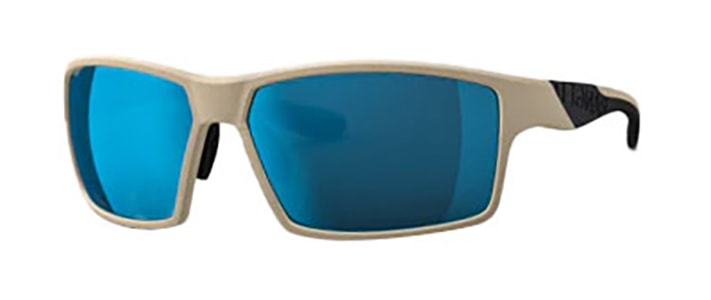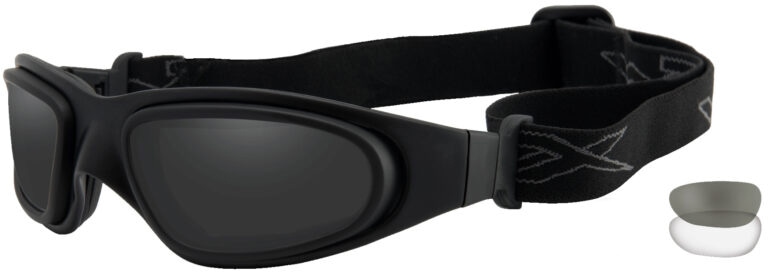- Safety Glasses
- Sports
- Sunglasses
- Eyeglasses
- Safety Products
- Accessories
The best color for shooting glasses can vary depending on the environment, lighting conditions, and the shooting you are engaged in. Here’s a breakdown of lens colors and their typical applications:
Many shooters opt for glasses with interchangeable lenses to adapt to different lighting conditions and environments. Remember, regardless of the color, ensuring that the shooting glasses meet safety standards for impact resistance is vital for eye protection.
To learn more about shooting glasses colors, feel free to check our Shooting Glasses Lenses Color Guide.
Yellow glasses, often referred to as shooting glasses or amber-tinted lenses, are popular among shooters for several reasons:
In summary, yellow glasses for shooting provide a combination of improved contrast, reduced eye strain, enhanced depth perception, and protection. These factors make them an excellent choice for shooting in various lighting conditions, ultimately contributing to better performance and safety.
You can try a couple of practical solutions to prevent your shooting glasses from fogging up. One option is to apply an anti-fog spray or cream specifically designed for eyewear. These products create a thin film on the lens surface that helps to minimize fogging. Simply follow the instructions provided with the anti-fog spray or cream to apply it to your shooting glasses, and reapply as needed. Please Click the Link to see our Anti Fog Lens Products.
Another option is investing in a pair of prescription shooting glasses with a permanent anti-fog coating. During manufacturing, this special coating is applied to the lenses, providing long-lasting fog prevention. With this coating, you won’t have to worry about using anti-fog solutions repeatedly, as the lens will remain clear even during intense shooting activities.
Both options effectively combat fogging and ensure clear vision while using shooting glasses. Choose the best solution that suits your needs and preferences, and enjoy fog-free shooting experiences.
Shooting glasses and safety glasses share some similarities in terms of providing eye protection, but there are some critical differences between the two:
While there may be some overlap in terms of eye protection, shooting glasses are tailored to the needs of shooting sports, offering specialized features like wraparound designs, ballistic resistance, and interchangeable lenses. On the other hand, safety glasses are designed for general eye protection in various industrial or construction environments, meeting specific safety standards.
The ANSI (American National Standards Institute) rating for shooting glasses falls under the ANSI Z87.1 standard, establishing requirements for occupational and educational eye and face protection devices. Within this standard, there are different impact protection levels, including basic impact (Z87), high impact (Z87+), and high mass/high-velocity impact (Z87.1+).
Choosing those with at least a Z87+ or Z87.1+ rating is recommended for shooting glasses, indicating high-impact protection. These ratings ensure that the glasses have been tested and meet specific criteria for withstanding the impact of projectiles or other potential hazards associated with shooting sports.
Several factors come into play when choosing prescription shooting glasses.
First, it’s important to know what main shooting activities you will be doing so that you can choose your shooting glasses color. We have a guide that outlines which lenses work perfectly for certain conditions that you can find here.
The second would be the safety rating. Do these glasses meet rigorous industry standards like ANSI Z87+ and ballistic standards for your ultimate safety and protection? Since most of RX’s safety prescription shooting glasses meet high industry regulations, it may be a great idea to start in our exclusive line of shooting glasses inventory.
Lastly, would you need an added layer of protection like anti-fog or UV protection lens coating that would be helpful to maintain a clearer vision while omitting harmful rays while outdoors? Customizations can give you the assurity you need before stepping out on the field for any activity.
While these are only some factors to consider, they provide great food for thought as you are searching for your prescription shooting glasses.
Showing 1–20 of 40 results




















Stay on top of the latest news about prescription safety glasses, eyewear, sunglasses, and all the trends in the industry.
DISCOVER NOWBe the first one to know about promotion, new products, and more.
Follow Us On Instagram @rx_safety